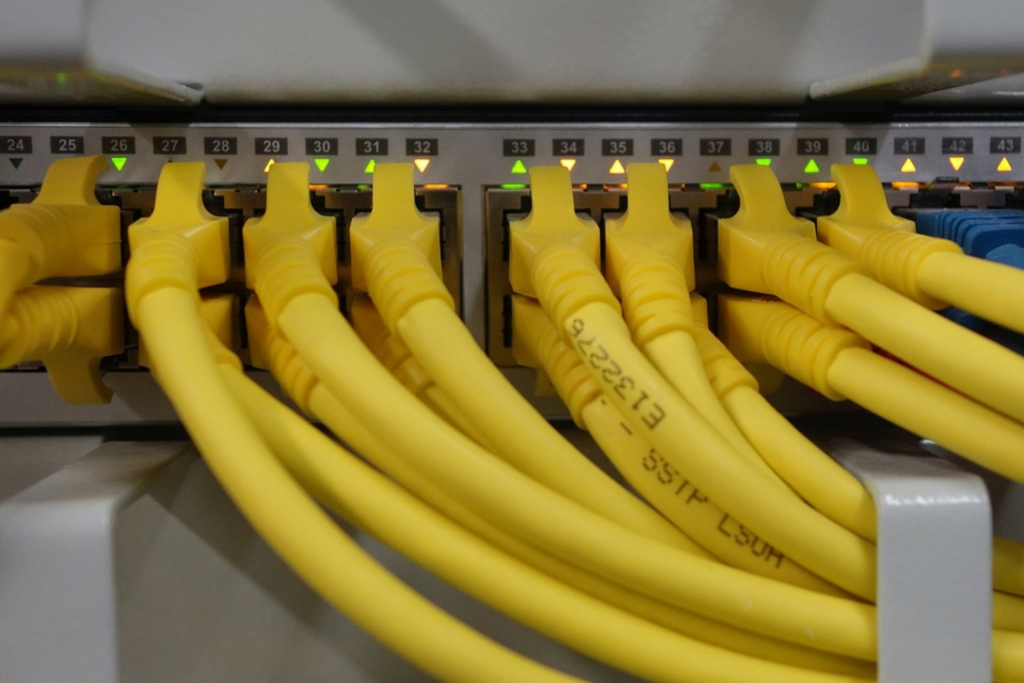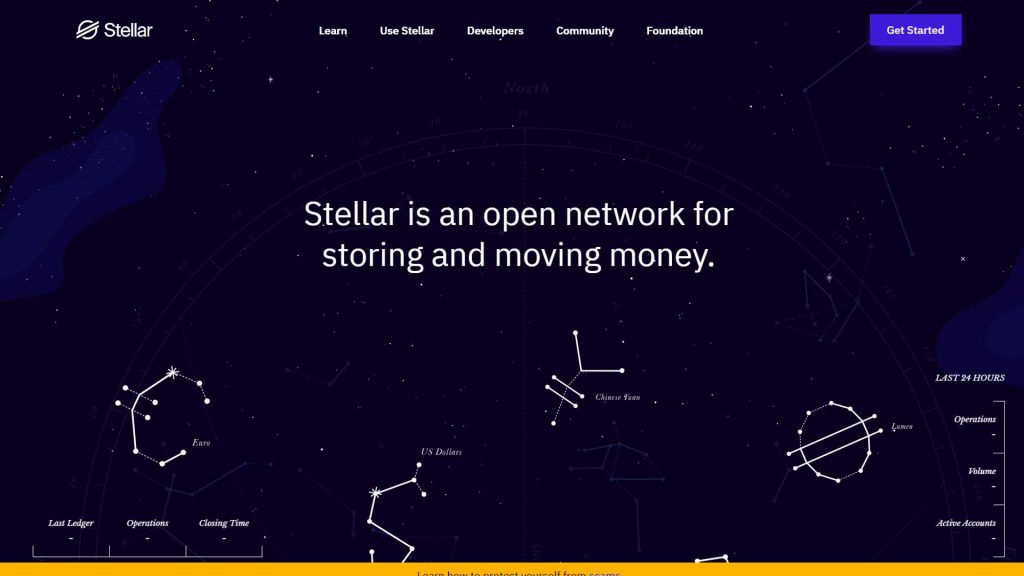What is Stellar (XLM)? How Does Stellar Work?
To facilitate the exchange of crypto you require a block-chain based network. Stellar is one of them. Let us understand what is Stellar.
Stellar is a blockchain-based network that facilitates the exchange of crypto and fiat currencies. Stellar’s protocol is quite similar to Ripple’s (XRP). However, it is focused on solving the challenges associated with peer-to-peer cross-border transactions. Although it is not widely known in the crypto community, it plays an important role in adopting cryptocurrencies. Stellar has grown steadily over the years and has the potential to become more popular as cryptocurrencies become more widely adopted.
What is Stellar (XLM)?
Like several blockchain-based cryptocurrency projects, Stellar supports cross-border transactions between different currency pairs. This project is unique because it offers a quick, dependable, and cost-effective way to transfer assets across banks, digital wallets, and traditional payment systems.

Stellar can handle a lot more transactions per second than older blockchain networks. About every 3 to 5 seconds, a transaction is confirmed and added to the ledger. When compared to other networks, it offers an extremely cheap transaction cost. In addition, the network allows multi-signature and smart contracts.
What is the difference between Stellar.org and Stellar Network?
Stellar is a distributed ledger that facilitates transactions and keeps track of previous transactions.
Stellar.org, on the other hand, is a non-profit organization in charge of fundraising, tool development, and the ongoing development of the Stellar network. Stellar Development Foundation (Stellar.org) employs a professional development team that writes the Stellar network code. However, the organization has no control over the network’s functioning.
Stellar Lumens (XLM) History
In 2014, Jed McCaleb, who helped start Ripple, and Joyce Kim, who used to run the SDF, laid the groundwork for Stellar Network. Soon after, the Stripe CEO, Patrick Collison, and others started the non-profit Stellar Development Foundation. After figuring out how much the project could grow, Patrick’s organization put $3 million into it.
By the end of the first year, more than 3 million people were using Stellar. Half of the tokens that were still in circulation were burned in 2019, and the company said it wouldn’t make any more tokens to help stabilize its market. Stellar’s reputation has grown significantly over the years because it has teamed up with well-known companies like MoneyGram and Flutterwave.
Stellar Vs. Ripple
As previously stated, Stellar (XLM) uses a system similar to Ripple (XRP), but a few important distinctions make it a better option. Both networks use the same blockchain code and have nearly no transaction fees while offering rapid transaction speeds. Furthermore, mining is not permitted on these networks. McCaleb adopted the majority of the valuable features of the Ripple network and made a few improvements to create a better user experience.
Unlike Ripple, Stellar not only provides rapid transaction solutions for banks, but it also helps everyday people. It offers a quick, easy, low-cost transaction solution that allows users to access the global economy autonomously.
Ripple is a centralized payment system run by a single corporation, whereas Stellar is an open-source blockchain network that enables users to send money anonymously. Stellar avoids censorship difficulties since it is administered by community members, whereas a single corporation governs Ripple. As a result, Stellar offers greater decentralization than Ripple.
How Does Stellar Work?

Investors must undergo a lengthy process when swapping cryptocurrencies for fiat money. Stellar has launched a consensus mechanism that enables users to exchange fiat currency for cryptocurrencies. A distributed public ledger keeps track of all transactions that occur on the Stellar network.
Stellar, unlike Bitcoin, has a federated Byzantine agreement to divide tasks among node operators. In this network, node operators serve as Basic Validators, Watchers, Full Validators, and Archivers. To meet the quorum requirement, these operators can vote on the transactions.
How Does the Stellar Payment System Work?
When a US person sends money to a supplier in the UK, the money is converted into Pound Sterling (GBP). Both users must have an account with a bank that has a stellar XLM pool account. The US citizen will initiate the transaction request using his US bank account. The network will confirm compliance with the supplier’s UK bank account within a few seconds.
Following verification, money is withdrawn from the US resident’s account and transferred to the Pool account designated for XLM. After that, the Stellar network determines the optimum exchange rate to convert the funds to GBP. The funds are sent to the UK bank’s pool account, then credited to the recipient’s account.
Stellar Multi-currency Transactions
One of the most noticeable characteristics of the Stellar network is multi-currency transactions. Users, for example, can transfer payments globally without revealing their identity.
Direct Exchange
The stellar network makes it possible for users to swap fiat money. For example, the network will promptly identify a buyer and complete the transaction if someone wishes to swap USD for GBP.
Indirect Exchange
The network connects buyers and sellers who want to trade fiat currency for XLM. For example, if a user wants to convert XLM tokens to USD, the network may connect him to another user who wishes to purchase XLM in GBP.
Conversion Chain
Users can utilize the network to change fiat dollars into cryptos or one crypto asset into another. Popular pairs on this network include EUR/BTC, XLM/EUR, USD/EUR, and BTC/XLM.
Conclusion
Stellar (XLM) is a decentralized network that lets users anonymously transfer fiat currency and cryptocurrencies. The network is intended to provide users worldwide with quick, dependable, and low-cost transaction options. We’ve highlighted specifics about the Stellar network’s operation.











